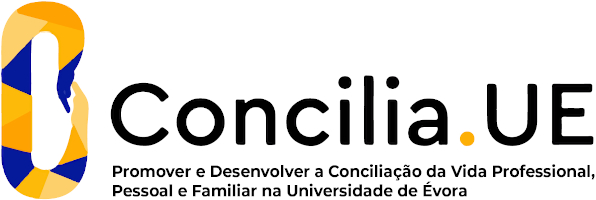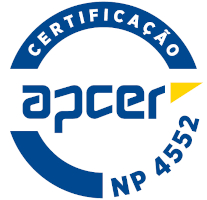2024
Animal Histology and Embryology
Name: Animal Histology and Embryology
Code: BIO12345L
3 ECTS
Duration: 15 weeks/78 hours
Scientific Area:
Biological Sciences
Teaching languages: Portuguese
Languages of tutoring support: Portuguese, English
Regime de Frequência: Presencial
Sustainable Development Goals
Learning Goals
It is intended to provide student with theoretical knowledge concerning the general principles of animal
embriology and histology, which serve as a broad foundation for future studies in animal anatomy and
physiology, and research in cell biology. In addition, this curricular unit aims at developing the student´s
observation skills needed to interpret the information on histology slides, and integrate it into a functional
perspective based on the structure-function relationship. Finally, this curricular unit allows students to
perform some histological techniques through contact with some laboratory practices.
embriology and histology, which serve as a broad foundation for future studies in animal anatomy and
physiology, and research in cell biology. In addition, this curricular unit aims at developing the student´s
observation skills needed to interpret the information on histology slides, and integrate it into a functional
perspective based on the structure-function relationship. Finally, this curricular unit allows students to
perform some histological techniques through contact with some laboratory practices.
Contents
THEORICAL :
1. Introduction to the study of animal embriology and histology.
2. Morphological features related to the main stages in the embryology of amphibians, fishes, reptiles, birds and mammals.
3. Histology: the five basic tissues (epithelial; connective; muscular; blood and nervous). Histogenesis of the different tissues
and functional characteristics. Integration of tissues in the structure of organs.
PRACTICAL :
A-EMBRIOLOGY
1. Embryological and histological methods and techniques.
2. Observation of models and slides representing the main stages of the embryological development (amphibians, birds
and mammals).
B-HISTOLOGY
1. Basic histological techniques. Processing of tissue samples.
2. Observation of histological slides to identify the morpho-functional features of the epithelium, connective tissue (dense,
loose, reticular, adipose, cartilage, bone and blood), muscular and nervous tissue. Integration of the cellular tissues in
several structures and organs.
1. Introduction to the study of animal embriology and histology.
2. Morphological features related to the main stages in the embryology of amphibians, fishes, reptiles, birds and mammals.
3. Histology: the five basic tissues (epithelial; connective; muscular; blood and nervous). Histogenesis of the different tissues
and functional characteristics. Integration of tissues in the structure of organs.
PRACTICAL :
A-EMBRIOLOGY
1. Embryological and histological methods and techniques.
2. Observation of models and slides representing the main stages of the embryological development (amphibians, birds
and mammals).
B-HISTOLOGY
1. Basic histological techniques. Processing of tissue samples.
2. Observation of histological slides to identify the morpho-functional features of the epithelium, connective tissue (dense,
loose, reticular, adipose, cartilage, bone and blood), muscular and nervous tissue. Integration of the cellular tissues in
several structures and organs.
Teaching Methods
TEACHING METHODOLOGY:
A combination of multiple teaching approaches will be used appropriately according to the contents of the
lectures. Powerpoint presentations, videos and annotated texts/articles are tools used and available
through Moodle platform. Microscope observations of histological slides are also a key resource in
histology teaching.
EVALUATION:
Students are evaluated by an exam, theoretical and practical (to be made in examination period). The
theoretical and practical classification accounts for 50% , respectively, of the final mark of this c urricular
unit. The final minimum score required for approval is 10 (20). A supplementary exam (theoretical and
practical) is provided to students who have failed the previous assessments. Students are evaluated on
their understanding, accuracy and foresight, as well as the capacity for observation, analysis and
identification of histological preparations.
A combination of multiple teaching approaches will be used appropriately according to the contents of the
lectures. Powerpoint presentations, videos and annotated texts/articles are tools used and available
through Moodle platform. Microscope observations of histological slides are also a key resource in
histology teaching.
EVALUATION:
Students are evaluated by an exam, theoretical and practical (to be made in examination period). The
theoretical and practical classification accounts for 50% , respectively, of the final mark of this c urricular
unit. The final minimum score required for approval is 10 (20). A supplementary exam (theoretical and
practical) is provided to students who have failed the previous assessments. Students are evaluated on
their understanding, accuracy and foresight, as well as the capacity for observation, analysis and
identification of histological preparations.
Teaching Staff
- Orlando da Silva Lopes [responsible]





















